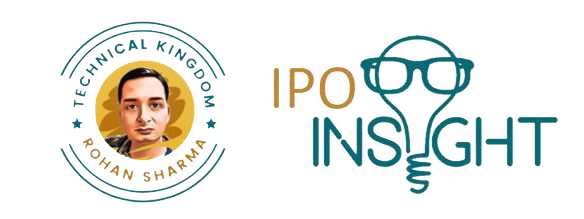

The term “forex” stands for “foreign exchange,” and it refers to the purchase or sale of one currency for another. It’s the world’s most heavily traded market because individuals, businesses, and countries all engage, and it’s a simple market to enter without a lot of money. In comparison to other markets, the forex market is also less volatile. The foreign currency market is open five days a week, 24 hours a day.
In terms of trade volume and liquidity, the forex market is the largest financial market on the planet. This market’s average daily turnover is $6.6 trillion.
The following is a breakdown of the $6.6 trillion:
Pip stands for “percentage in point” or “price interest point.” A pip is the smallest price change that an exchange rate can make, according to forex industry tradition. The pip change is the last (fourth) decimal point in most currency pairs with four decimal places. As a result, a pip is equal to one basis point, or 1/100 of a percent.
Lots, or the quantity of currency units you will buy or sell, are the most common units used in forex trading. A “lot” is a unit of measurement for a transaction’s value. Orders are put in lots when you use your trading platform to place orders.
Simply find the difference between the Ask and Bid prices to compute the spread. For instance, if the current market price of EUR/USD is 1.2098 and the Ask price is 1.2099, the spread is 0.0004. (Ask-Bid price).
Share this Content
International Markets
© 2021 All rights reserved
Ask Your Query